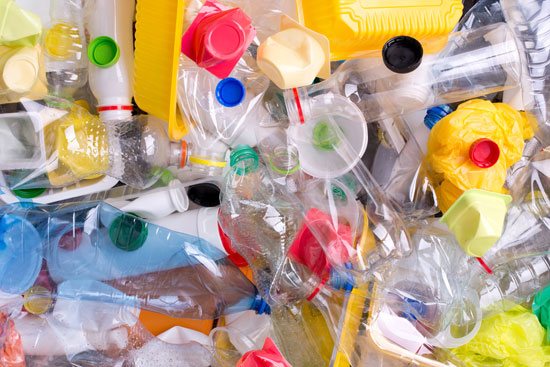A Guide to Recycling Plastics
by Amy Korst, Mother Earth News, May 2014
In the recycling world, starting a discussion about plastics is like waltzing through a minefield. The issues surrounding this material are laden with emotion, misunderstandings, and sensationalism. At some point in your zero-waste journey, you will encounter some of these issues.
Is Plastic Truly Recyclable?
The truest definition of recycling involves taking a material, melting it down, and turning it back into itself over and over. This can be done with glass and metal, which can both be remelted and remolded into jars or cans forever. This is a closed-loop system, and it’s very desirable in the world of recycling. On the other hand, some materials slowly degrade over time, meaning they can be reformed maybe once or twice, but after awhile the chemical composition of the original substance has changed and it can no longer be turned back into what it once was. This is called downcycling.
Plastic is similar to paper in that it downcycles, though it has a much shorter life in the recycling stream—sometimes it’s not even recycled once before it is turned into a less-valuable material. Plastic water or soda bottles, for example, are rarely turned back into bottles. Instead, the plastic is used for something secondary like fleece fabric or plastic lumber. This means that virgin plastic (made from fossil fuels) is still needed for the manufacture of new plastic bottles.
The downcycling of plastic is just one of the serious issues surrounding this material. The other is the fact that plastic never, ever biodegrades. More HERE>>

One thought on “A Guide to Recycling Plastics”
Thank you so much for knowledge. I like your idea that the material will take time to digest so it’s good to recycle it again.